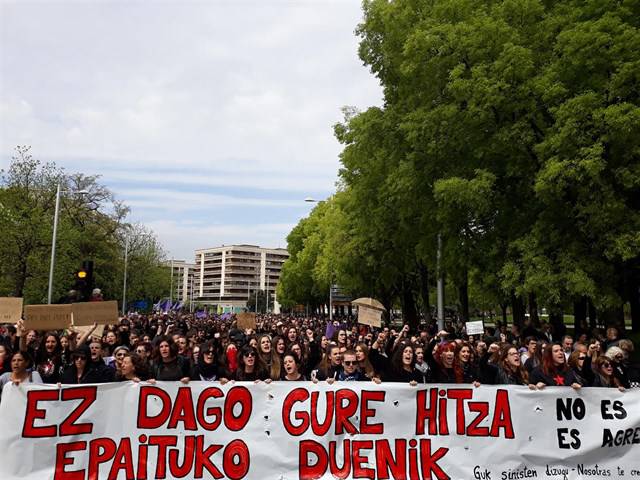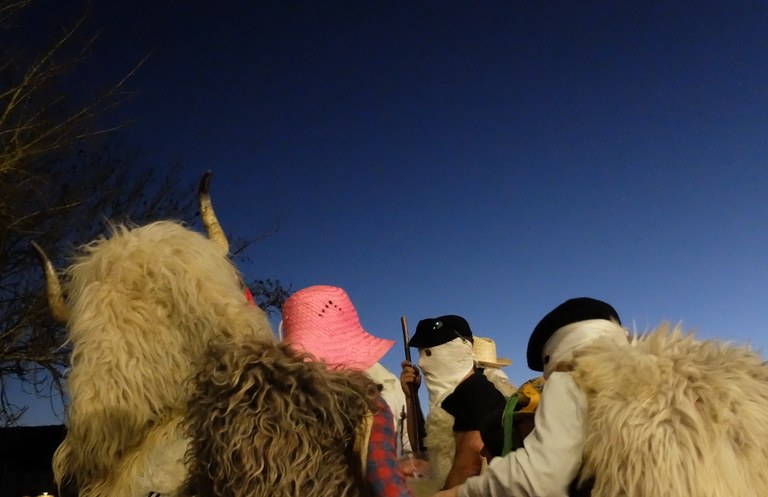"Inequality in our city is very evident, beyond the Alarde conflict"
- “Among migrant women” is one of the star works of the feminist group Pare. In the shade and sheltered, they bring to the surface everything that has been hidden and make us coincide with several stories. It should be noted that the work, effort, exclusion, illusion, dreams and struggles of women of yesteryear and today are not so different. Whether it's local or not. With the help of photographs and bertsos, Miren Lanz Solbes (1988, Irun) and the other components of the group will complete the process with an exhibition.

What is the Pare Association?
We are currently developing projects that take into account people in society and on the periphery. They may be women, children, elderly people or immigrant women, because of the conditions they suffer from living in this periphery – whether it is precariousness, exclusion, oppression…. I've been in the feminist movement for many years, and at Pare, it's a project created with other colleagues. We have been without NIF for years, but we realized that we needed funding to carry out some of the projects that we wanted to develop. So we decided to structure ourselves formally.
He has been militating for many years in various popular movements, without NIF or anything like that. Has there been a big change?
In my professional work, I've also had to dive in and devote myself to this bureaucratic world, so I didn't find it so strange. The creation and structuring of the association were two stages. The formal structure has led us to work with new molds, which has made us re-create in part. We are adapting and we have a nice march. Three years ago we created the partnership to develop concrete projects, and today we realize that we have opportunities for a colleague or colleague to develop their professional career from there; to work and be a trade when you like it, that is very nice. The year 2019 has been a qualitative leap for us.
The city of Irun has several topics to discuss: Alarde, Irun’s host network, you…
.jpg)
Yes, much remains to be done. And in our case, also to learn. With the aim of working on symbolic equality, in 2018 we published the documentary Emakumeak plazara, in which inequality is very evident in our city, beyond the Alarde conflict. It was a very productive job. Before we started with the documentary, we did an analysis of Irun's street street, and only four had a woman's name! We worked on the file and on it, and on most projects, we were joined by Mertxe Tranxe Iparragirre, Irun's feminist historian. From this work we chose seven stories and with them we made up the documentary. There are seven women who speak in their own name or on behalf of a collective. We wanted to take the plaza, the public space, into the light of those who have always been hidden.
Walks are the second part of this project. These seven stories we've recorded so everyone who wants to hear them on their phones while they're walking around for Irun. It is a very nice and productive project.
Now you have the project “Among Migrant Women” in hand.
In this last project we have sought to collect the experiences of two generations who have come to Irun. On the one hand, the generation of immigrant women who arrived between the 60s and 70s, and on the other hand, the arrival between the 2000s and 2010. Irun is a city with a lot of migratory flow, a lot of return there, but there are those who came and those who come to stay. That first generation came from the Spanish state and the second generation from South America or Africa. There is still a lot of racism towards the latter. We hear rumours: that they come to take off work, that they live from benefits… Many have forgotten that they came under the same conditions and behave in a racial manner. “Why have some been integrated so quickly and others not?” or “Why do we judge some so easily and others not?” we have often wondered. Of course, the knowledge of Spanish and the fact that we are closer to it culturally influences it, but given Irun's current reality, we should have a much broader thinking in general.
How have you developed the project?
We have spoken to women from the two generations mentioned, we have received experiences from their mouths. We sat in front of them. We've compared their realities and we've proven that stories are the same. The fears and illusions of each other are the same.
In addition to the interviews, we have also taken photos to carry out an awareness-raising work through a photographic exhibition. The project has been developed precisely with the aim of finding the answer to these and other questions that we have already mentioned, and generating debate.
And now what?
Now we're going to start the development work to start with awareness. The photographer Gari Garaialde of the Bostok Photo group participated in the photographs, and several members of the school of bertsos Irunabar of the region have composed a series of bertsos for each protagonist woman. Once all the background work is finished, we will publish a magazine, and in the second half of January the photos and the bertsos will be exposed in the civic center of Irun. Later on, we intend to approach the residences of the elderly and associations of immigrant women to continue the work of sensitization and sensitize ourselves with the report of similar stories.
oldest of a family of four brothers. He knows the region of Bidasoa, where he has known six educational centers since childhood, “He has done what he had lived at the time and I value it positively,” he says. Despite living in Malerreka and working in Irun, Bortziriak feels close and familiar. He was intensively acquainted with social and political militancy in adolescence and in the university stage, and “this has done” his current condition. In parallel, the association gives it the opportunity to get to know and work on different topics in parallel.
Gertatutakoak ez direla kasualitatea azpimarratu dute. Unibertsitateko eremuetan indarkeria matxista gertatzen dela azaldu dute, eta arazoa sistematikoa dela. Protokolo bat eskatu dute erasotuak babesteko. Erasotzaileak inpunitate osoarekin jokatu duela salatu dute.
Gaztelueta C -Berango C gazteen futbol partidua bertan behera geratu zen Larunbatean. Jokatzen ari zirela Gaztelueta C taldeko gazte batek aurkariari "beltz zikin madarikatua" deitu zion. Gorengo erregional mailako Otxarkoaga-Iturrigorri partiduan ere... [+]
Atxuri auzoan 2019ko azaroaren 5ean Voxen kontra egin zuten bederatzi pertsonaren kontrako epaia iritsi da. Akusatuek ez dute espetxean sartu beharko.
Things aren’t easy in fact, and it will be for one reason or another, but lately I’ve bitten my tongue more than I should for these two things: the culture of the sold out and the FOMO – the latter perhaps has to be explained, because it’s not said so many times: the... [+]
Hamasei migrante atxilotu zituzten otsailaren 6an Baionan, etorkinen eskubideen aldeko elkarteek salatu dutenez. Dirudienez, Baionako prokuradoreak eman zuen agindua. Operazioa autobus geltokiaren eta Pausa harrera zentroaren artean gauzatu zuen poliziak, tartean, adingabekoak... [+]









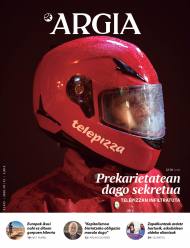

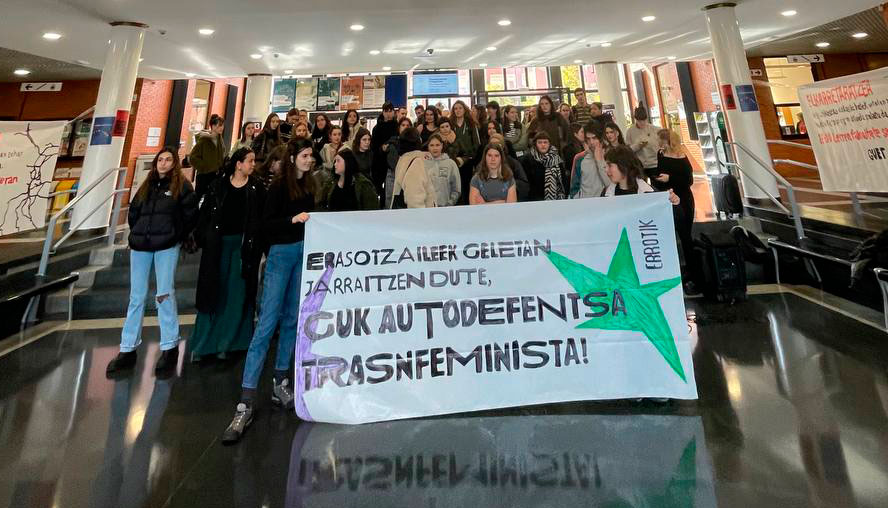

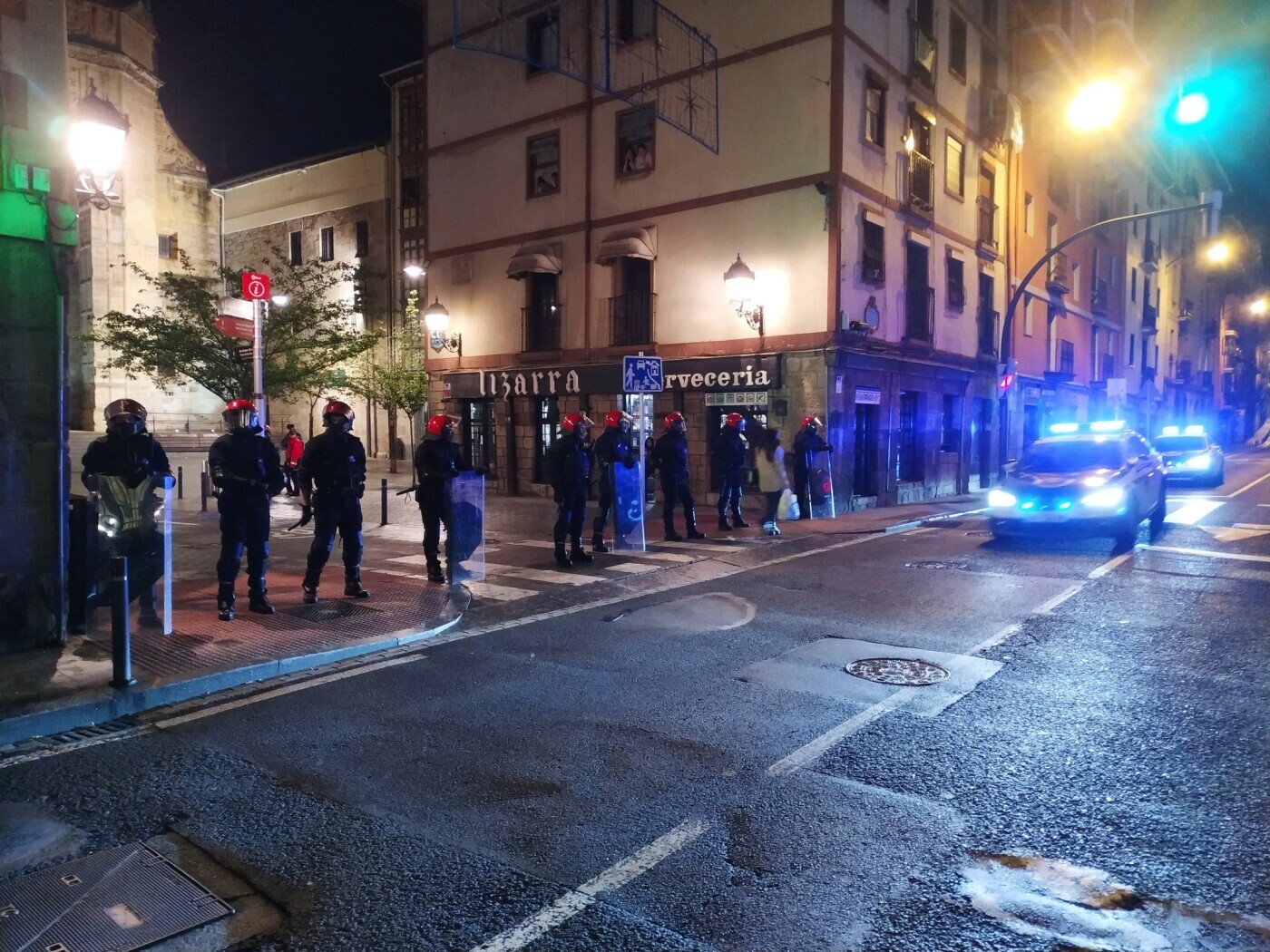

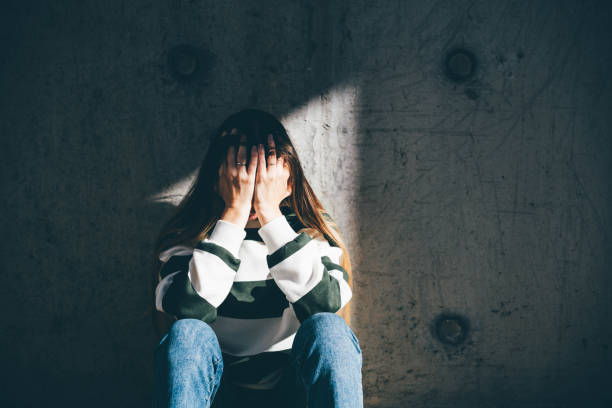
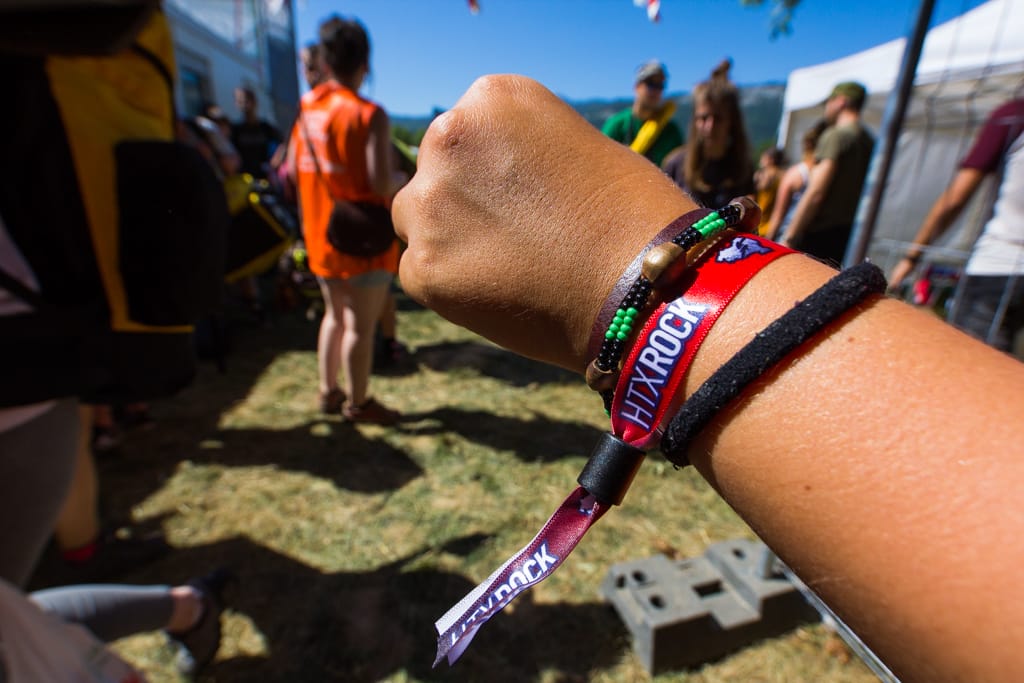

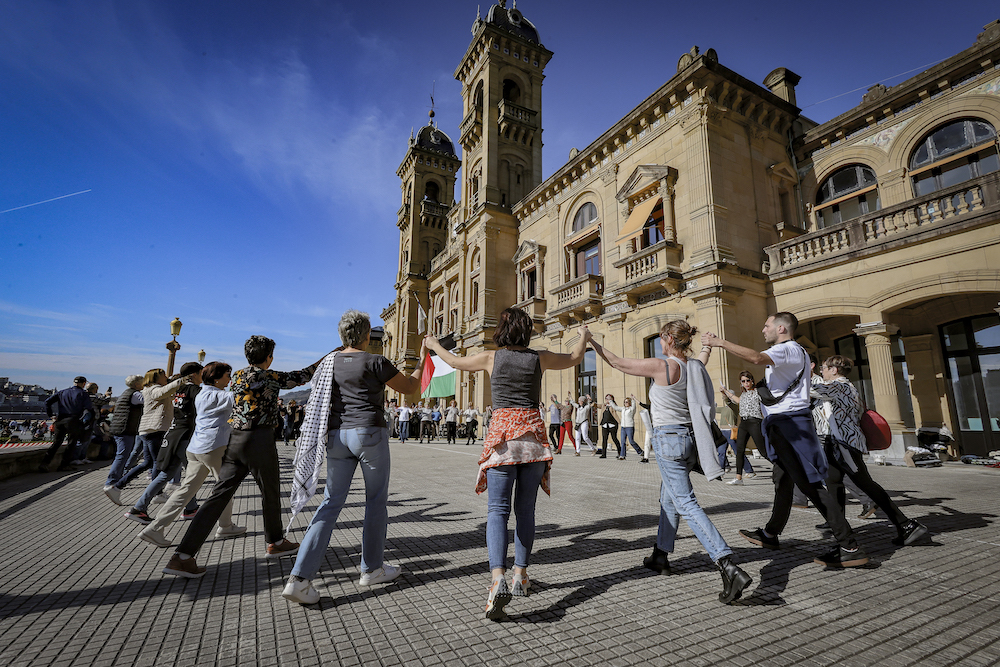
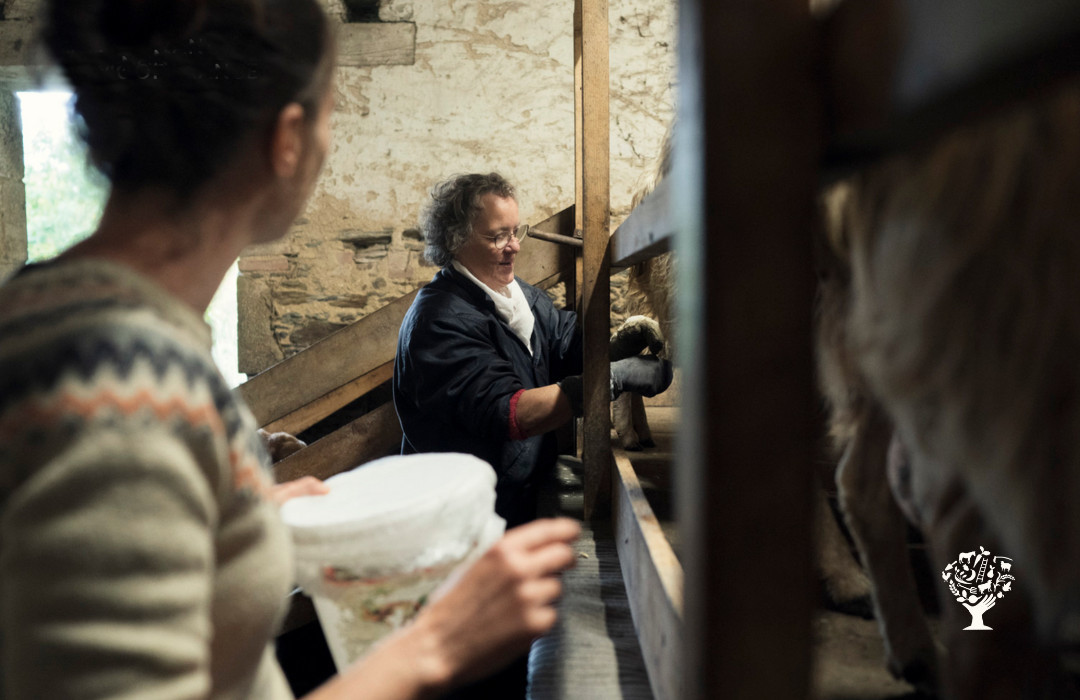
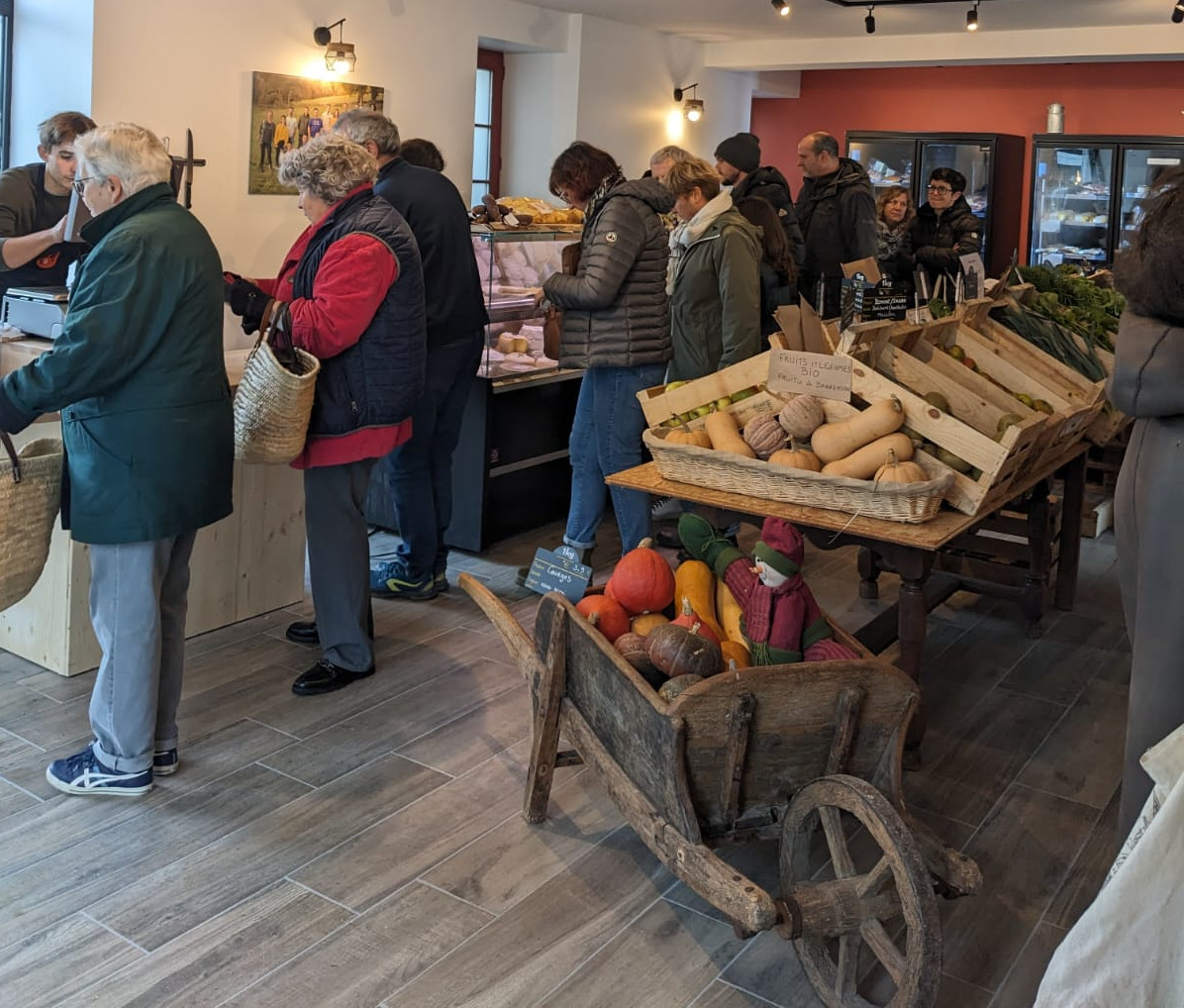
_2.jpg)
